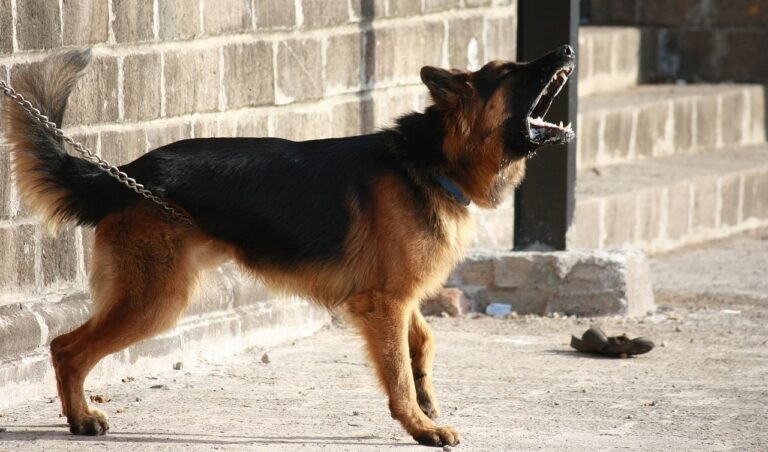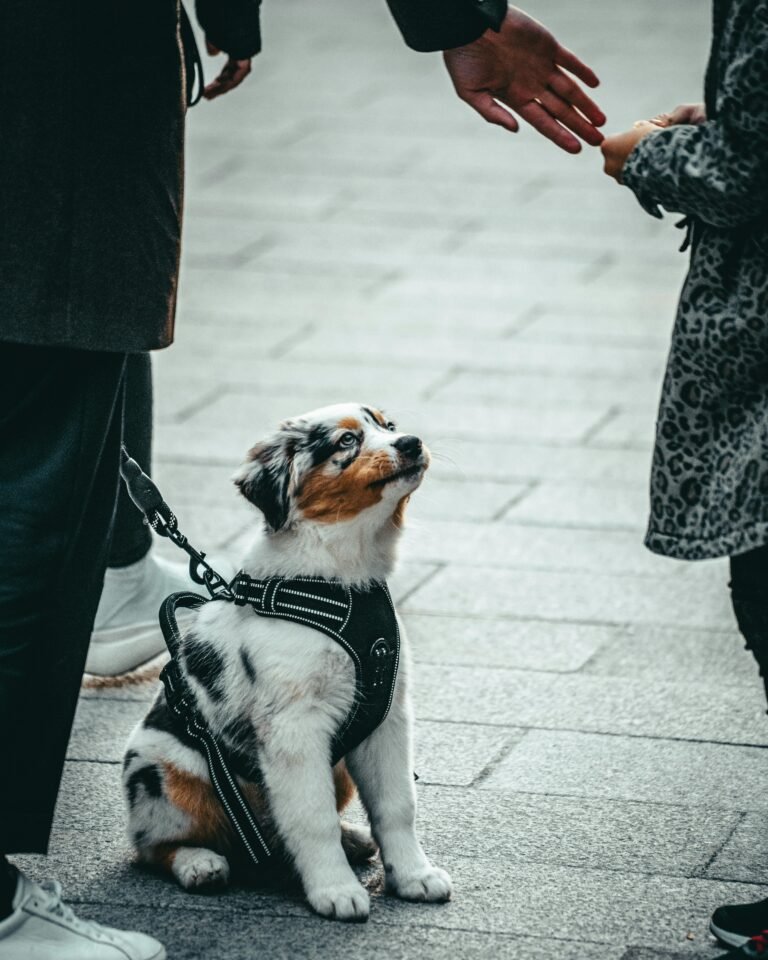Introduction
Have you ever wondered how dogs learn impressive tricks like skateboarding, closing doors, or putting toys away? The secret often lies in clicker training and a powerful technique called shaping. Instead of forcing or luring a dog into a behavior, shaping encourages them to think, experiment, and learn step by step. It turns training into a game of communication where your dog becomes an eager problem-solver. Whether you’re teaching basic obedience or advanced tricks, understanding shaping will make your training sessions more fun, efficient, and rewarding for both of you.
What Is Clicker Training?
Clicker training is a form of positive reinforcement. The clicker—a small handheld device that makes a sharp “click” sound—marks the exact moment your dog does something right. The sound is immediately followed by a treat or reward. Over time, your dog learns that the “click” predicts something good, making it a precise tool for clear communication.
What Is Shaping?
Shaping means teaching a behavior gradually by rewarding small steps toward the final goal. Instead of waiting for your dog to perform the full behavior perfectly, you reward tiny, correct attempts that move in the right direction. This helps your dog understand what you want without confusion or frustration.
Think of it as training in layers—each success builds on the previous one. Shaping is how you get from “my dog looked at the box” to “my dog is standing on the box with both paws” without physically guiding them.
Why Shaping Works So Well
Dogs love figuring things out, and shaping taps into their curiosity. It turns learning into a fun puzzle and strengthens your bond. Here’s why it’s so effective:
- Encourages independent thinking: Your dog learns to experiment and problem-solve.
- Improves focus: Dogs stay engaged when they’re rewarded for trying.
- Builds confidence: Each small success boosts your dog’s motivation.
- Strengthens communication: The clicker gives immediate, precise feedback.
How to Start Clicker Training
- Charge the clicker: Start by clicking and immediately giving your dog a treat. Repeat this 10–15 times until your dog associates the click with a reward.
- Pick a simple behavior: Begin with something easy like “sit” or “touch.”
- Click for the correct action: The moment your dog performs the desired behavior, click, then treat.
- Repeat and build understanding: With consistency, your dog learns that their actions make the click happen.
Once your dog understands the clicker, you’re ready to move into shaping mode.
Step-by-Step: Shaping a New Behavior
Let’s walk through an example: teaching your dog to open a door with their paw.
- Step 1: Start with a target, like a sticky note or towel attached to the door.
- Step 2: Click and treat when your dog looks at the target.
- Step 3: Once consistent, click only when they move closer or sniff it.
- Step 4: Next, click for any paw movement toward the target.
- Step 5: Then click only when their paw touches it.
- Step 6: Finally, click for a solid push that moves the door.
Each stage builds on the last—if your dog gets confused, go back one step. Patience and consistency are key!
Examples of Complex Skills You Can Shape
- Picking up toys: Start by rewarding sniffing the toy, then mouthing it, then lifting it, and finally dropping it into a basket.
- Spinning in a circle: Reward small turns of the head, then partial body turns, until they make a full spin.
- Balancing on objects: Start with one paw on a platform, then two, and gradually build confidence and stability.
- Touching a target stick: Great foundation for agility or service-dog tasks.
Tips for Successful Shaping
- Be patient: Don’t rush—reward progress, not perfection.
- Keep sessions short: 5–10 minutes is ideal. End on a positive note.
- Use high-value treats: Especially when teaching something new or challenging.
- Mark precisely: Click the moment the correct behavior happens, not after.
- Raise criteria gradually: Once your dog easily performs one step, make the next slightly harder.
- Avoid frustration: If your dog seems confused, simplify or return to a previous step.
When to Add a Cue
Don’t name the behavior too early. Wait until your dog performs it reliably before adding the verbal cue. For example, once your dog consistently spins in a circle, you can start saying “spin” just before they do it—then click and treat. Soon, your dog will respond to the word alone.
Common Mistakes to Avoid
- Clicking too late, which confuses the dog about what behavior earned the reward.
- Skipping small steps—this can cause frustration or disinterest.
- Using punishment or negative tone—shaping works best with patience and positivity.
- Inconsistent timing or criteria between sessions.
Advanced Shaping: Chaining Behaviors
Once you and your dog master shaping, you can start chaining behaviors—linking several smaller skills into one complex routine. For example, you can teach your dog to pick up a toy, walk across the room, and drop it into a basket. Each step is trained separately, then combined in sequence using cues and rewards.
Why Shaping Builds Confidence
Shaping isn’t just about tricks—it’s a mindset. Dogs that learn through shaping become more resilient, curious, and confident. They realize that trying new things earns rewards, so they’re less likely to freeze or give up when faced with challenges. This confidence carries over to everyday life—helping with obedience, new environments, and even social interactions.
Conclusion
Clicker training and shaping turn learning into a conversation between you and your dog. Instead of commanding, you’re guiding and encouraging curiosity. Whether you’re teaching simple obedience or advanced skills, shaping unlocks your dog’s intelligence and creativity. Start small, celebrate progress, and watch your dog’s confidence—and your bond—grow stronger with every click.






